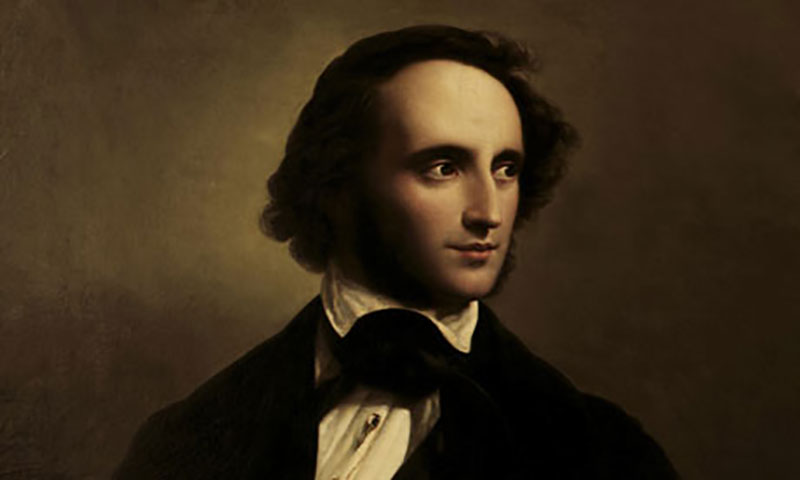
5 Fascinating Facts about Felix Mendelssohn
Felix Mendelssohn Bartholdy (1809–1847) was one of the most remarkable composers of the Romantic era. Known for his lyrical melodies, masterful orchestration, and deep respect[…]

Top 10 Mendelssohn Songs
Felix Mendelssohn Bartholdy, a prodigious talent of the Romantic era, left an indelible mark on the world of classical music. His compositions, characterized by lyrical[…]

Felix Mendelssohn – Biography and History
Felix Mendelssohn Bartholdy, often referred to simply as Felix Mendelssohn, was a prominent composer, pianist, conductor, and music educator of the Romantic era. Born on[…]

Discovering Musical Brilliance: The Best Songs by Felix Mendelssohn
When it comes to the world of classical music, few composers have captured the imagination and stirred emotions as profoundly as Felix Mendelssohn. A prodigious[…]

Felix Mendelssohn: A Musical Prodigy and Romantic Virtuoso
Felix Mendelssohn Bartholdy was a musical genius of the Romantic era whose prodigious talent and prolific output left an indelible mark on the classical music[…]

Mendelssohn Biography – Music | History
Mendelssohn Biography – Music Collection – Music | History German Romantic composer, pianist and conductor Felix Mendelssohn wrote Overture to a Midsummer Night’s Dream and founded[…]

Mendelssohn – Songs without words Op. 30 – Music | History
Mendelssohn – Songs without words Op. 30 – Music | History Songs Without Words (Lieder ohne Worte) is a series of short lyrical piano pieces by[…]

Mendelssohn – Symphony No. 4 – Italian
The Symphony No. 4 in A major, Op. 90, commonly known as the Italian, is an orchestral symphony written by German composer Felix Mendelssohn. The work[…]

Mendelssohn – Elijah Op. 70
Felix Mendelssohn Bartholdy Elijah (German: Elias), Op. 70, MWV A 25, is an oratorio by Felix Mendelssohn depicting events in the life of the Prophet Elijah[…]

Mendelssohn – Concerto for violin and orchestra Op. 64
Felix Mendelssohn Bartholdy – Concerto for violin and orchestra Op. 64 Felix Mendelssohn’s Violin Concerto in E minor, Op. 64, is his last large orchestral work.[…]